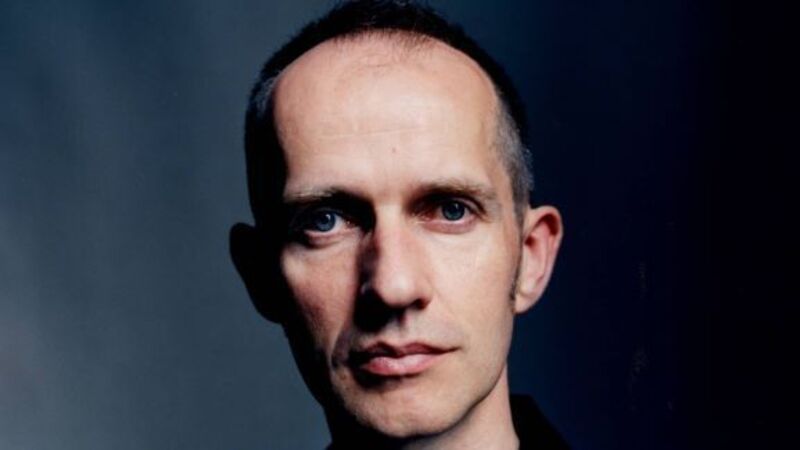The underground music scene

IT HASN’T been a summer for off-site shows, but Cork Opera House has a solution. Its concerts over the next three days are out of the reach of the elements: 88 steps below ground in the Mitchelstown caves.
It’s the second year the Opera House has gone underground in Tipperary and, unlike last year’s event, which sold out in minutes, tickets were still available at the time of writing. The Cave series begins tonight with folk trio, The Staves, US singer, Daniel Martin Moore and the folk-country duo, Hidden Highways. Things continue in a folk vein on Friday with Sam Amidon, Puzzle Muteson, whose haunting tenor and guitar-plucking should fit right in, and Caoimhín Ó Raghallaigh, the fiddle player. Ó Raghaillaigh appears again on Saturday night, performing with sean-nos vocalist Iarla Ó Lionaird. They will be joined by The Lost Brothers, and what promises to be a fascinating, improvised show by Seán Mac Erlaine and Dónal Dineen.
Mac Erlaine, a young jazz musician and composer, is excited about bringing his latest collaborative project to an unusual location. “I was at the cave last summer,” he says, “with Caoimhín Ó Raghallaigh. We visited before he played. I didn’t know much about the place. I remember we were brought down the steps by one of the English family and had tea in their house, afterwards. They’re real custodians of the place and they do it with such generosity. It’s like an adventure going down there, a dream world.
“I didn’t dare say it to [Opera House chief executive] Mary Hickson, but I knew I’d love to play there. I had my instrument with me, so it was pretty exciting. I don’t remember the acoustic as being that different as you would think. There was no huge echo or reverb. It was a little bit like playing in an old church.”
The special effect of the cave setting is more to do with the space than the sound, says Mac Erlaine. “You are privileged to be in there, so that’s a good place to start making music from.”
Of all the artists playing at the cave, Mac Erlaine and Dineen are best-placed to react to its ambience, because they’ll be making it up as they go along in a freely improvised set. Dineen will be supplying visuals that will be projected onto the cave walls, while Mac Erlaine will play live electronica and bass clarinet.
“We do rehearse,” says Mac Erlaine, “but that’s just to understand what each of us will be doing in the broadest sense. We’ll be creating music in the moment. The relationship between music and sound is never a literal thing, there’s no ‘message’ in it, but we’re responding to the space. The audience can make their connection between the soundscapes and images.”
Any audience at the cave will come to the music with unusually heightened senses. Going down into the cool, dank space and walking half a mile underground is not the same as paying your money, ordering your interval drink, taking your seat and saying “entertain me”. The prospect takes Mac Erlaine back to 2009, and No Worst There is None, Dylan Tighe’s successful show about Gerald Manley Hopkins, for which he composed the score. No Worst was set in Newman House on St Stephen’s Green, where the poet spent his final, miserable years as a tutor at the then Catholic University. The audience for that show followed the action through the gloomy building, up narrow stairways, through secret doorways, accompanied by Mac Erlaine’s insistent, choral score.
For shows like that, says Mac Erlaine, “the whole night is special. You’re brought into a different environment, so expectations are shifted and I think it does bring people into a listening zone. It disorientates in a nice way, makes people more open. That’s definitely the same with the cave: the low lighting and [Dineen’s] visuals will create something out of the ordinary. Normal, everyday life is suspended. The audience can’t go out to the toilet: there is none. It’s much more participative, an incredible thing to be able to orchestrate.”
If the audience is outside its comfort zone, so too will be Mac Erlaine, a place he likes. “I’m very interested in where music meets other art forms,” he says. “Working with theatre people and dancers, who have a different approach, it pushes you. You learn from every performance. Very often, I end up playing things I didn’t even know I could play. It’s good to surprise yourself, and in such an amazing place to play it will be interesting to see what happens.”
* All shows in the Cave series start at 8pm. For booking details, see www.corkoperahouse.ie










